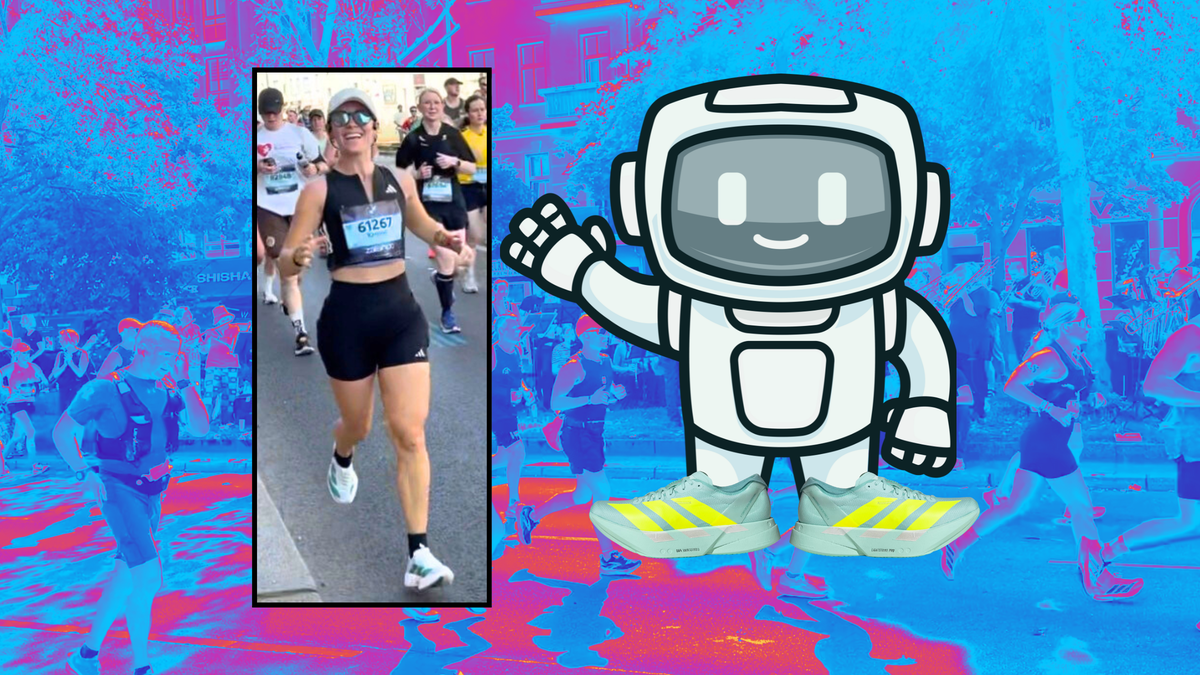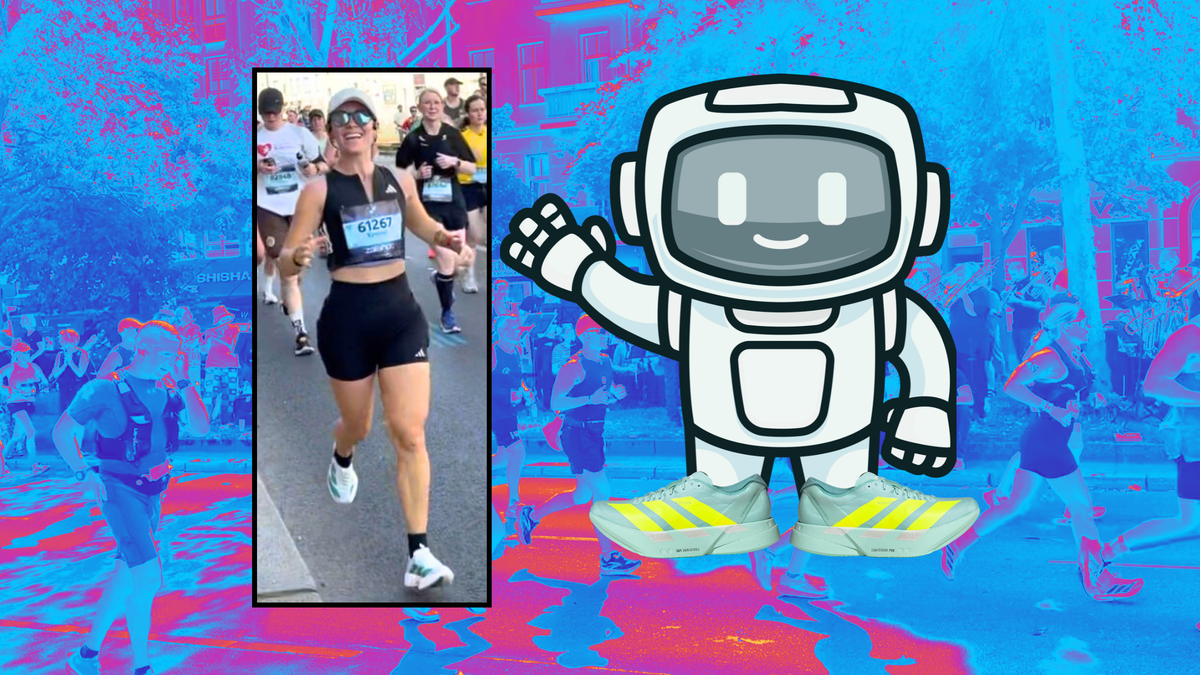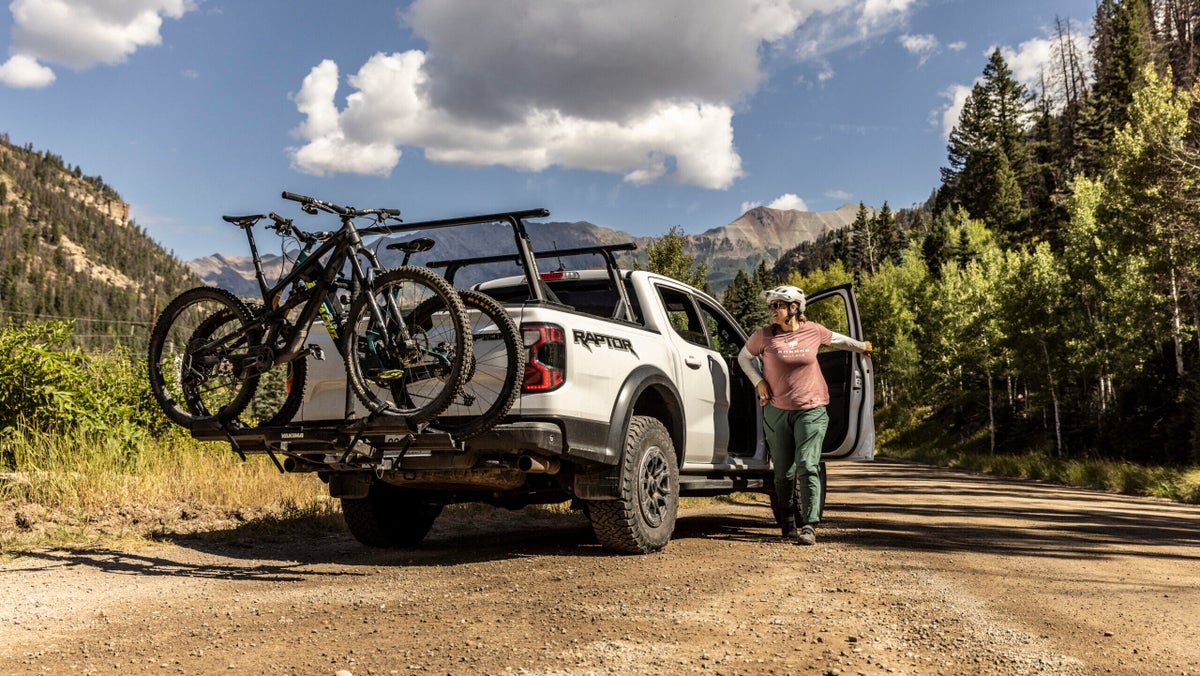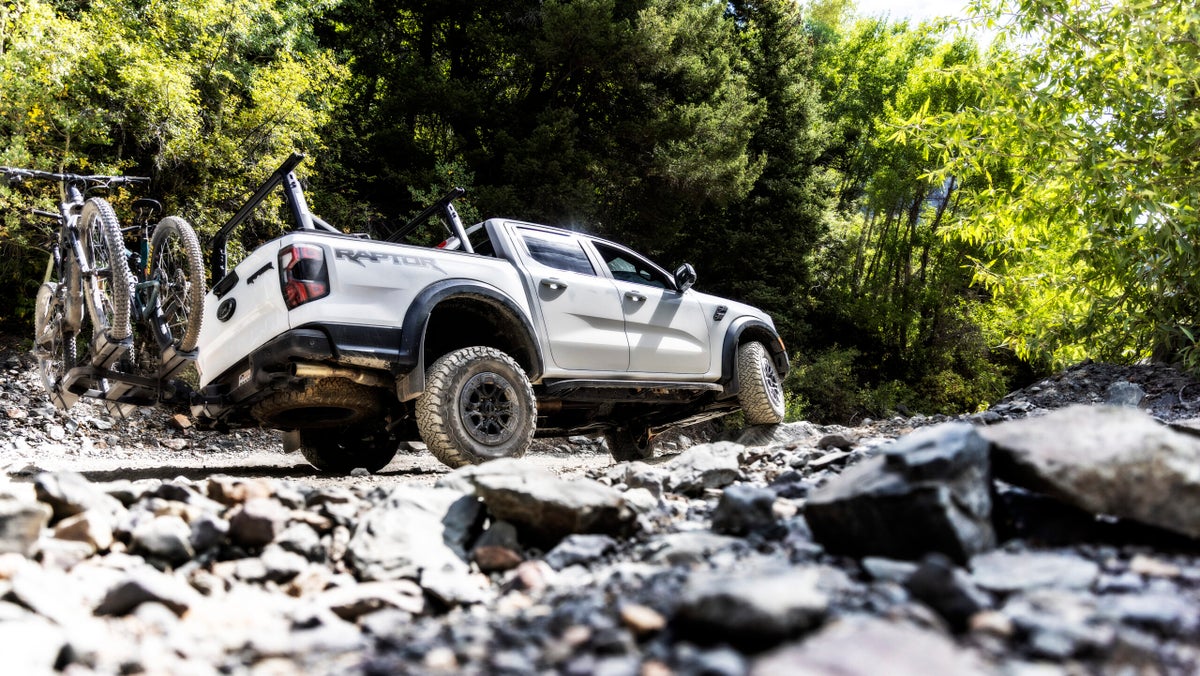
A long-standing belief surrounding super shoes is that they’re only “good” for one race. As the miles accumulate, it’s true that the foam compresses and loses its spring, reducing the shoe’s effectiveness. But does this happen in 26.2 miles (plus a few break-in runs), or is this widespread notion a myth?
At the Outside Lab at CU Denver, we geek out over stress-testing these commonly held myths. So when Gear & Affiliate Director Kristen Geil volunteered as a guinea pig before the 2025 Berlin Marathon, Outside Lab Test Editor Adam Trenkamp saw a golden opportunity to test a super shoe’s real-world performance, then compare that data with its lab performance using the Heeluxe Time Machine.
This side-by-side experiment not only shed light on the one-marathon myth but also validated our internal testing methods and bridged the gap with our real-world testing. By analyzing foam breakdown and outsole wear in shoes tested under different conditions, we could see how accurately the Time Machine predicts wear and also which external factors—like road friction or water exposure—accelerate it.
Here’s how we conducted our Outside Lab Marathon: Human vs. Machine.
Creating Our Own Gear Lab Marathon
The star of our Outside Lab Marathon was the Heeluxe Time Machine, which replicates the impact of human running. It uses flexible feet and ankles, shocks, and springs to simulate the stride of a 180-pound person cruising at an eight-minute mile pace. Based on previous studies by Heeluxe, we know how many “steps” per shoe equate to a mile. Using these numbers, Adam calculated exactly how many steps the machine needed to “run” to match Kristen’s race and pre-race break-in mileage.
Before the race, Adam measured a fresh, unworn pair of Kristen’s race shoes: the Adidas Adios Pro 4, a lightweight carbon-plated shoe designed to optimize running efficiency. He recorded a 5.1 mm heel-to-forefoot drop, compared to the 6 mm advertised by Adidas, as well as a slightly shorter heel stack (36 mm measured vs Adidas-claimed 39 mm). Those slight differences—well within measuring tolerances and potential differences in sample sizes—simply established the lab’s baseline for post-race comparison.
Berlin Marathon vs. Outside Lab Marathon
While Kristen was logging her 26.2 miles through Berlin, Adam ran the same distance (plus her 6.3-mile break-in) on the Time Machine—a total of 32.5 simulated miles. After the race, Kristen shipped her well-used shoes back to the lab, apologizing for their marathon-grade odor. Unfortunately for her, that didn’t stop Adam from roasting her about it on air.
Once the shoes arrived, Adam compared them with their lab-tested counterparts across several key metrics.
- Foam Compression: Both pairs showed nearly identical breakdown—about 1 mm in the heel and 0.5 to 1 mm in the forefoot—confirming the Time Machine’s precision in replicating real-world foam compression and the consistent foam wear despite the differences in weight and pace.
- Outsole Wear (Tread): The full rubber outsoles on all shoes held up remarkably well. Kristen’s pair looked a bit rougher from outdoor variables like asphalt and debris, but the tread depth and wear patterns matched closely, and neither showed significant deterioration.
- Durability and Design: With only 1 mm of foam loss, Adam believes both pairs could easily handle another marathon. We suspect the Adios Pro 4’s aggressive toe rocker helps promote uniform wear by allowing the foot to roll off quickly, reducing forefoot compression, even though that is where greater loads occur.
For an even deeper analysis, a compression-rebound test would measure how the foam performed before and after the race in cushioning feel and “energy return.” But based on our results, it’s safe to say these shoes have at least one more big effort in them.
So go ahead, race in those super shoes twice if they still feel right. Just maybe skip mailing them to Adam afterward. He’s had his fill of stinky marathon shoes.
The post Our Outside Lab Marathon Matched Human Against Machine to Test Super Shoes. Here’s What We Found Out. appeared first on Outside Online.














